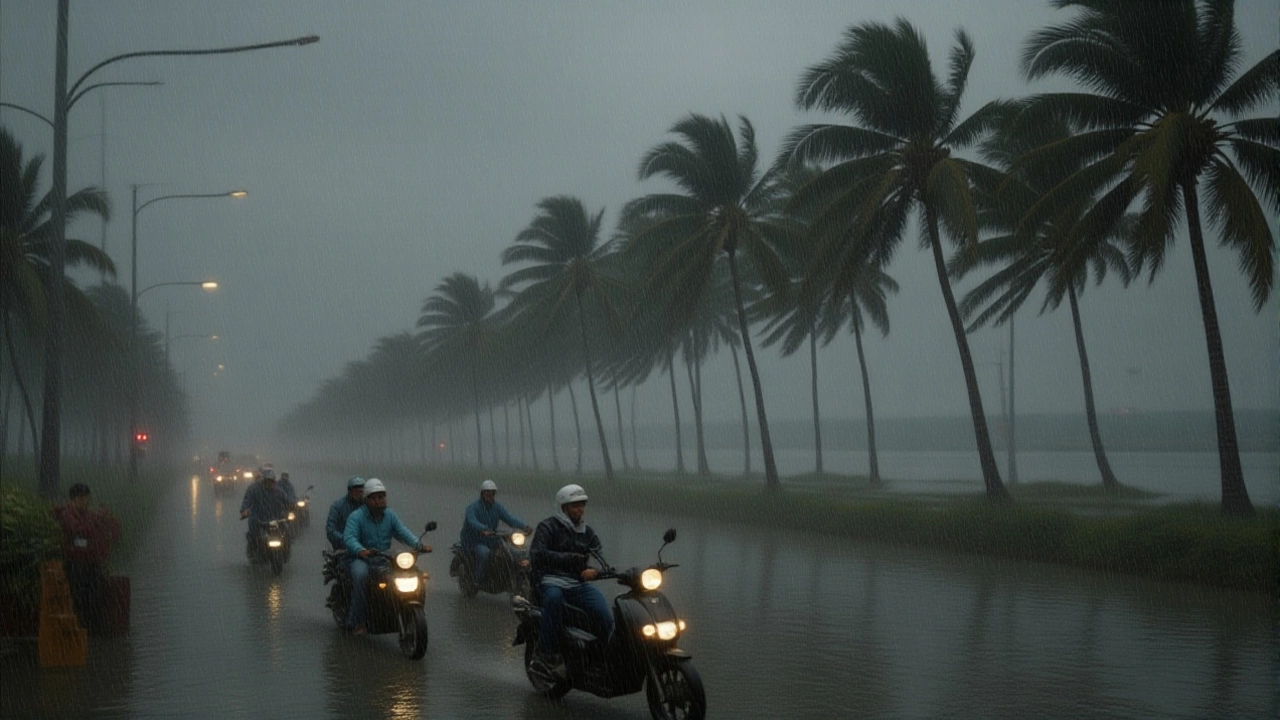India Meteorological Department – Weather Insights and Services
When working with India Meteorological Department, the government agency that monitors the nation’s climate, issues forecasts, and supports disaster preparedness. Also known as IMD, it collects data from a network of surface stations, radars, and satellites.
India Meteorological Department delivers daily updates that affect millions of people, from commuters to farmers.
The backbone of any forecast is weather forecasting, the process of predicting short‑term atmospheric conditions using models, observations, and expert judgment. IMD runs high‑resolution models on supercomputers, blends satellite imagery with ground sensor readings, and then publishes temperature, rain, and wind outlooks for the next 24‑48 hours. Because weather forecasting relies on real‑time climate data, historical and current measurements of temperature, humidity, pressure, and precipitation, the department constantly updates its databases. This data flow enables city planners to schedule road work, airlines to adjust routes, and households to plan weekend outings.
Why monsoon predictions matter
One of IMD’s most watched tasks is monsoon prediction, the seasonal forecast that estimates the timing, intensity, and distribution of the Southwest monsoon across India. Accurate monsoon predictions guide sowing decisions for rice, cotton, and sugarcane, which together feed a third of the world’s population. When the monsoon outlook shows a delayed or weak arrival, agricultural ministries can alert farmers, arrange supplemental irrigation, and adjust procurement plans. Conversely, an early heavy bout triggers flood alerts that feed directly into disaster management, the coordinated effort by authorities to mitigate loss of life and property during extreme events. Emergency services use IMD’s early‑warning bulletins to pre‑position rescue teams, issue evacuation notices, and mobilize relief supplies.
Beyond the fields and emergency rooms, IMD’s insights shape policy. Water‑resource planners reference monsoon forecasts to set reservoir release schedules, while energy providers adjust hydro‑electric generation forecasts. The department’s climate research division also uses long‑term climate data to model how a warming world could shift monsoon patterns, feeding the nation’s climate‑adaptation strategies.
All of this makes the India Meteorological Department a central hub for anyone who needs reliable weather information. Below you’ll find a curated set of articles that dig deeper into IMD’s tools, recent forecast highlights, and how its data is being used across sectors. Whether you’re a student, a farmer, or just curious about the next rainstorm, the posts ahead will give you practical takeaways and a clearer picture of why IMD’s work matters every day.
Cyclone Fengal Hits Puducherry Coast with 85 km/h Winds, Triggers Red Alerts Across South India
Cyclone Fengal struck the Puducherry‑Tamil Nadu coast on 30 Nov 2024 with 85 km/h winds, prompting red alerts, school closures and widespread flooding across Chennai.
